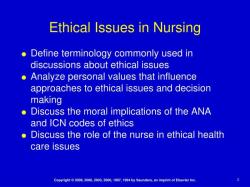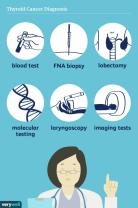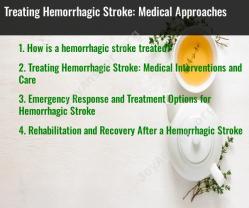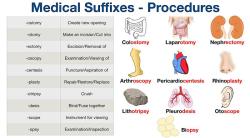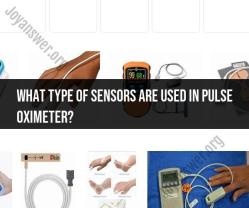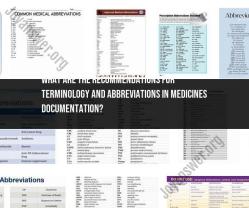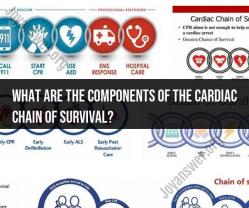What is the internal medicine and emergency medicine conference?
The Internal Medicine and Emergency Medicine Conference is an academic and professional gathering that brings together healthcare professionals, primarily those specializing in the fields of internal medicine and emergency medicine. This conference provides a platform for clinicians, physicians, nurses, researchers, educators, and other healthcare practitioners to exchange knowledge, share research findings, discuss clinical experiences, and learn about the latest advancements in these medical specialties.
Key aspects of the Internal Medicine and Emergency Medicine Conference typically include:
Educational Sessions: The conference features a diverse range of educational sessions, including lectures, workshops, panel discussions, and hands-on training. These sessions cover a wide array of topics within internal medicine and emergency medicine, from clinical updates to cutting-edge research.
Research Presentations: Healthcare professionals and researchers often present their latest research findings through oral and poster presentations. This provides an opportunity for attendees to stay informed about recent developments in medical research.
Networking Opportunities: Conferences offer valuable networking opportunities, allowing attendees to connect with colleagues, mentors, and experts in their respective fields. Networking can lead to collaborations, career opportunities, and the exchange of best practices.
Exhibition and Vendor Area: Many conferences include an exhibition area where healthcare companies and vendors showcase their products, services, and medical technologies. This allows attendees to explore new healthcare solutions and innovations.
Continuing Medical Education (CME) Credits: Some conferences offer CME credits, which are important for healthcare professionals to maintain and renew their medical licenses. Attending relevant sessions can contribute to fulfilling CME requirements.
Keynote Speakers: Distinguished keynote speakers, often leaders in the fields of internal medicine and emergency medicine, may deliver talks on critical issues, trends, and advancements in healthcare.
Clinical Case Discussions: Conferences may include sessions dedicated to discussing challenging clinical cases, allowing attendees to learn from real-world scenarios and share their insights.
Workshops and Skills Training: Hands-on workshops and skills training sessions are valuable for healthcare practitioners to enhance their clinical skills and stay updated on the latest procedures and techniques.
The Internal Medicine and Emergency Medicine Conference serves as a hub for knowledge exchange, professional development, and collaboration in these medical specialties. It plays a vital role in advancing medical practice, improving patient care, and promoting the growth of healthcare professionals in these fields. The specific focus and content of such conferences can vary, but they all aim to enhance medical expertise and patient outcomes in internal medicine and emergency medicine.



